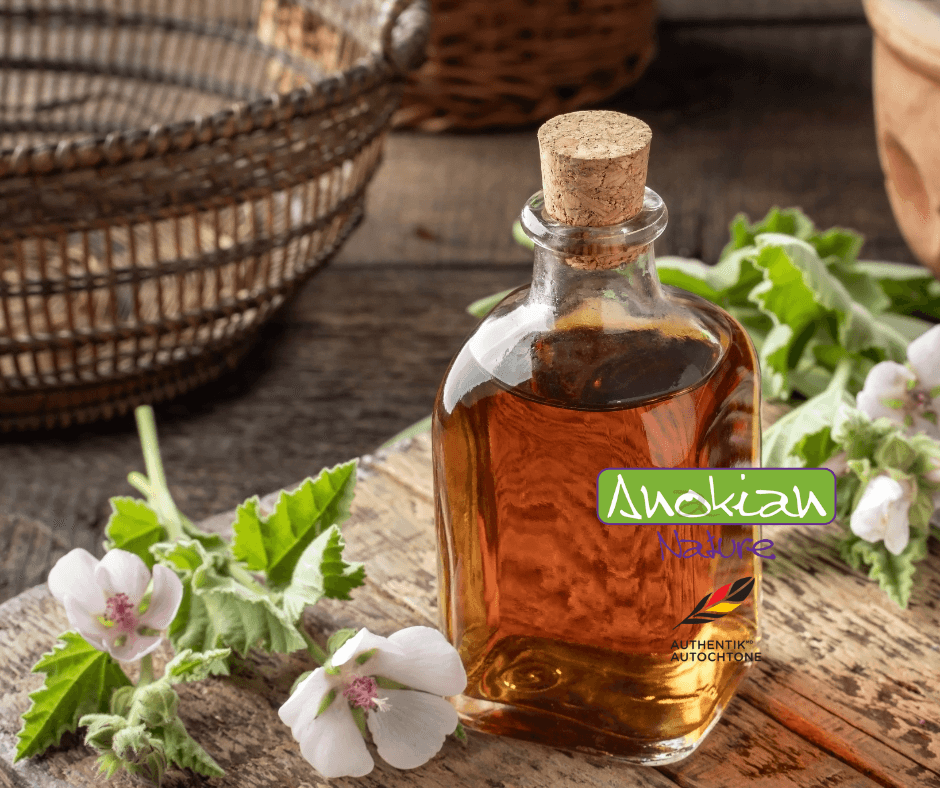Skip to product information










Seed | Marshmallow
$3.99 CAD
Quantity
Marshmallow (Althaea officinalis) is a perennial medicinal plant prized for its emollient and anti-inflammatory properties.